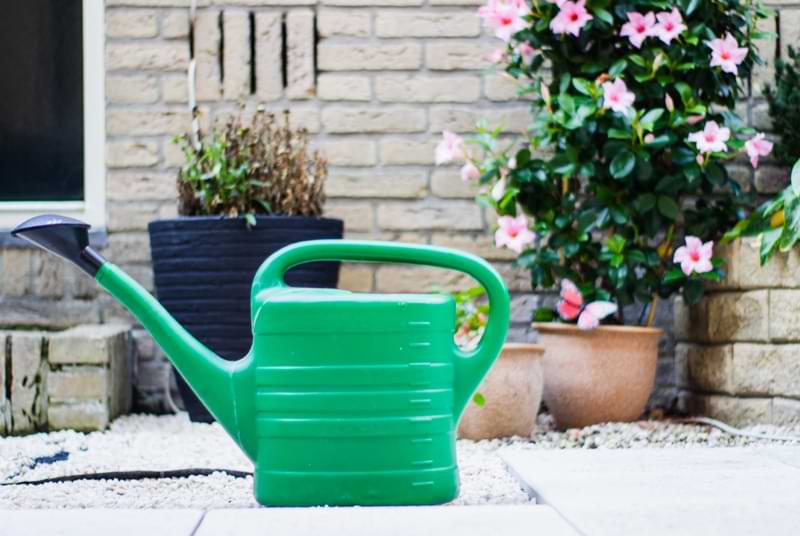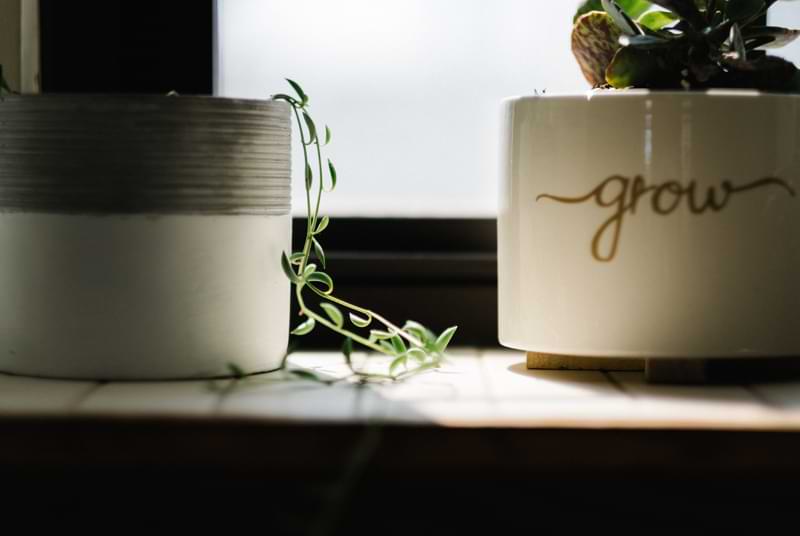A Beginner’s Guide to Plant Tag Icons
Nothing beats bringing a new plant friend home—but when you’re caring for an unfamiliar species, you may not know exactly what it needs. Your best bet? Check out its plant ID tag.
A plant ID tag will be stuck in the soil of your new plant. Usually, it will include a picture of the mature plant, the scientific and common name (this is helpful for looking up additional information online), and several care directions.
How to Read a Plant Tag: Understanding Symbols
Your plant tag may also contain miniature icons like a sun or thermometer. At first glance, this may seem confusing, but these icons tell you exactly what your plant needs for good health. This beginner’s guide to plant label icons breaks down some common symbols and how to best care for your plant when you see them.

Sun Symbol on the Plant Tag
If you see a sun symbol on the plant tag, this tells you how much light your plant needs to thrive. Generally, your plant’s light tolerance will be conveyed using one of three symbols: a full sun, a half-sun/half-shade symbol, or a fully darkened sun.
Full Sun Symbol
A full sun symbol on the plant label indicates its “high tolerance” to light, or that it thrives in full sunlight. How much sun is “full sun”? Full sun is at least six hours a day, but your plant will be happiest with eight to ten hours of direct sunlight daily.
Where to Place a Full Sunlight Plant
Short answer: the sunniest window in your home. You’ll want to find a place with no barrier between your plant and the sun. (Avoid anywhere with curtains or shade from outside sources.)
Half-Sun Symbol
A half-sun/half-shade symbol on the plant’s label indicates it does best in partial light. This means it needs to receive four to six hours of direct sunlight a day.
Where to Place a Partial Sunlight Plant
The key to your plant’s happiness is relief from the harsh rays of the midday sun. Consider an east-facing window, or an area of your home shaded by trees or buildings for part of the day.
Blacked-Out Sun Symbol
A darkened sun symbol on the plant label means it prefers full shade. Full-shade plants are sensitive to direct rays from the sun and cannot handle more than three hours of direct sunlight a day.
Where to Place a Full-Shade Plant
Choose a place that receives mostly diffused sunlight (a south- or west-facing window is often a good choice). You can also try the center of a room or a room with lower amounts of natural light.

Raindrop Symbol on the Plant Tag
The raindrop symbol on a plant label signifies how much water your plant needs. Rather than indicate how often your plant needs to be watered, the number of raindrops tells you how moist its soil should be. The frequency of watering will depend on several factors—like soil type and container size.
One raindrop on the plant label: This plant requires minimal moisture. You will want to give its soil time to fully dry out between watering; this gives your plant room to breathe.
Two raindrops on the plant label: This plant requires normal, moderate watering. Wait until the top inch of soil has dried but the lower layers are still moist.
Three raindrops on the plant label: Your plant is thirsty! This plant symbol denotes a plant that prefers consistently damp soil.
How can I tell how moist my soil is?
While it’s easy to tell whether the top layer of soil has dried out, the soil further down is where the action really happens. To gauge how moist these layers are, simply stick your finger down to the second knuckle and see if it feels wet.
Another option is to buy a soil moisture gauge. This tool helps you see precisely how much moisture your plant is receiving, and water accordingly.

Arrow Symbols on the Plant Tag
When you buy a juvenile plant, it’s important to give it enough space as it matures. Arrow symbols on a plant label tell you how much your plant will grow.
Upward Arrow on the Plant Label
This indicates how tall your plant will grow. The numbers next to the arrow symbol indicate how many inches/feet you can expect your plant to reach at full maturity.
Sideways Arrows on the Plant Label
This tells you how wide your plant will grow. The numbers next to the arrows indicate how many inches apart your plant should be from other plants in the same soil.

Thermometer Symbol on the Plant Tag
The thermometer symbol indicates your plant’s ability to withstand cooler temperatures. This symbol is often used alongside a heat map of the United States called the U.S. Hardiness Zones map.
The symbol will be shown in one of three ways:
- Thermometer with a “zone” label (e.g., Hardiness Zones 3-5)
- Thermometer with degrees Celsius or Fahrenheit
- Hardiness zone indicated by thermometer color
Each of these symbols indicates the range or lowest growing temperature your plant can endure. (Note: The average indoor home temperature is between 55-70 degrees Fahrenheit.)
How to Read a Plant Tag: Other Icons
Plant Inside a Pot
You may see this symbol on a plant that can grow indoors and outdoors. It means your plant does well in containers and planting in a pot won’t impede its growth.
Flower Symbol
This symbol is often labeled with a month or season. This tells you when your flowering plant will bloom. (Colored flowers indicate what hue you can expect.)
Accreditation
You may also see symbols for fair trade, organic, non-GMO, or heirloom variety on your plant tag. This verifies that your plant is accredited by the systems that govern these growing standards.
Features/Care Description
Most plants will come with a features/care description. In this section, you will find information about fertilization, toxicity, soil preference, and other care items unique to your plant. Be sure to read and follow these instructions thoroughly.
Additional Resources
The 10 Secrets to Becoming a Plant Whisperer
Houseplants for Beginners: Succulents
The Easiest Houseplants to Care For: Air Plants
Essentials:
- Make sure you’re giving your plants the right nutrients! Our Indoor Plant Food works perfectly for almost all indoor plants, and it’s easy to use. Grab it here!
- Use our premium well-draining potting soil for your houseplant.
- Protect your houseplant from insects, bacteria, and fungus with our Houseplant Leaf Armor. (As an added bonus, the Leaf Armor also cleans and adds shine to your houseplant’s leaves!)
- Use a moisture meter like this one to always know how thirsty your plant is.
- Click here to shop live plants!
To learn more:
- Join us for our free Top Secrets From Fiddle Leaf Fig Growers Webinar or enroll in our free Advanced Fiddle Leaf Fig Care Course.
- Read The Fiddle Leaf Fig Expert, your complete guide to growing healthy fiddle leaf fig plants. The book is available in full-color paperback or Kindle edition on Amazon now!
- Click to join our community on Facebook: Fiddle Leaf Fig Plant Resource Group.




